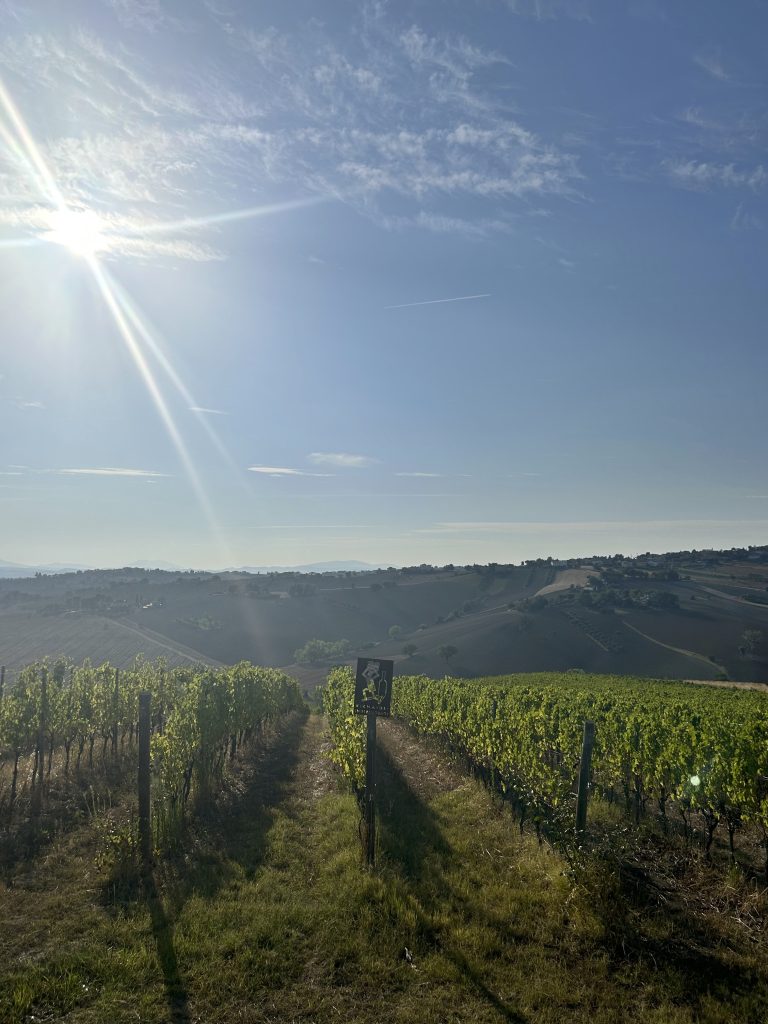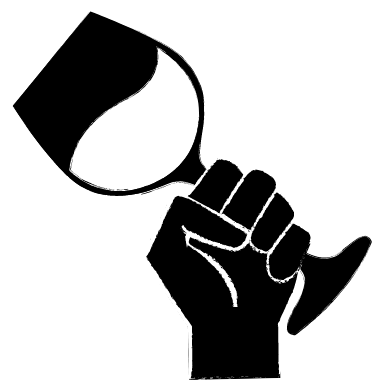Your cart is currently empty!


Massimo was inspired by his grandfather’s winemaking in Puglia, a raw, traditional style using Rosso di Troia and Primitivo. Tapping into this traditional approach Massimo wanted to expand his winemaking knowledge by traveling to Georgia, often considered the oldest winemaking region.
There he learned about the use of Qvevri, clay amphorae used for thousands of years by the Georgians.
He learned about the tradition of amber wine, fermenting white grapes on the skins, sometimes using the whole cluster. Massimo has taken the traditional approach of burying his Qvevri, a practice he thinks represents the highest expression of his winemaking. The only other fermentation vessel Massimo uses are stainless steel vats. There he can highlight the bright acidity and fresh minerality of the Verdicchio, and some fruitier expressions of the Lacrima. Only limited sulfites are added at bottling.
Le Marche is an often overlooked region. Tucked between Emilia-Romagna to the North, Umbria to the West, and Abruzzo to the South this is a region with a long history of winemaking influenced by the Etruscans, Romans and Lombards. The winery is only twenty kilometers inland from the Adriatic sea (which has coastlines rivaling Amalfi and Liguria) and is tucked amongst rolling hills about 220m above sea level. The estate is not only a winery but also a charming bed and breakfast with on-site Osteria offering local fare.

Biodynamic farming practices on 2.2 hectares of Lacrima and 1.5 hectares of Verdicchio planted on hilly slopes facing West and Northwest. The vines are trellised using the alternate double Guyot system. Cover crops such as peas, legumes, and fava beans grow between the rows. With a focus on soil health there are no synthetic herbicides or pesticides used, instead active microorganisms such as lactic ferments, humus extracts, sugar cane molasses, photosynthetic bacteria, garlic, vinegar, chili, lemon, and other preparations are used.
Only small amounts of copper and sulphur are used to prevent pathogenic attacks when necessary. The grapes are hand-harvested in three stages to create different wine bases eventually used for blending.
